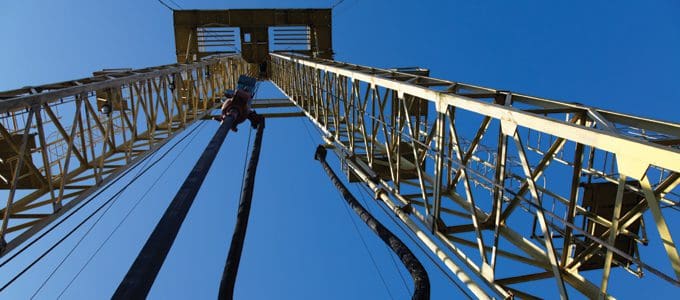Platts reported some unusual findings last week as part of a new study. Looking at oil versus natural gas drilling in the U.S.
The analysts found that since 2008 there has been a concerted shift toward drilling of oil targets. Among companies that make up the Standard & Poor’s Oil & Gas Exploration and Production Index, 26 out of 32 firms saw oil increase as a percentage of overall production during the last five years.
This makes perfect sense given the disconnect in pricing between the commodities. Which has seen oil trade at up to 30 times the price of natgas.
But the effects of this drilling shift are totally unexpected. Specifically, in terms of the consequences for natural gas output.
Even as drillers have targeted oil over gas–evidenced by the above change in production percentages–overall natural gas production in the U.S. has surged. With national output up an incredible 12 billion cubic feet per day since 2008.
A specific case-in-point comes from one of America’s most recognizable exploration firms: Chesapeake Energy. Which cut gas as a percentage of its production mix to 73%, down from 92%. And yet saw its total natgas production rise 57%.
The reason has everything to do with geology.
Today, most U.S. drillers are targeting liquids-rich shale formations. Rock that comes with a lot of natural gas in tow.
The result is that wells drilled primarily for oil or gas liquids are producing a lot of associated gas. A product that must be pumped alongside the liquids, regardless of the gas price.
Suggesting that as long as liquids prices remain high, gas production will continue to come. Nearly regardless of the gas price.
Meaning that prices for commodities like oil, ethane, and propane today control the North American gas market.
An interesting association, given that ethane prices have collapsed completely in 2013. Now trading at energy-equivalent parity with gas–where the commodity used to trade at up to a 4x premium.
Propane prices have faired a little better on growing exports from the U.S. And oil obviously remains strong. We’ll see what effect these re-arranging indicators have on drilling, and gas output.
The coming direction of natgas prices may well depend on it.
Here’s to interesting associations.
Source: http://oilprice.com/Energy/Crude-Oil/Higher-U.S.-Oil-Drilling-Has-An-Unexpected-Effect.html






